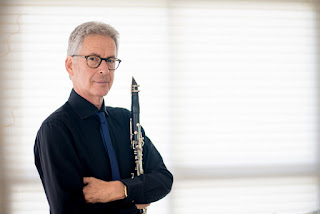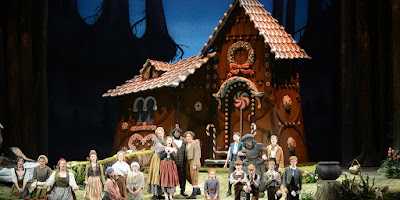Fonseca Theatre Company: 'Hooded' shows so much of what's hidden from Americans

Is it a violation of the conventional prohibition against spoilers in a play review if the revealed scene is the first one? I'm choosing to think the ban doesn't apply in the case of "Hooded, or Being Black for Dummies," which has one more weekend to run in a Fonseca Theatre Company production at Indy Convergence . A stern cop confronts Marquis. So I'm dismissing spoiler etiquette here. The scene is too wonderful a way of placing the play's contradictions about race in capsule form. It's when Warren Jackson as an officious police officer strides onstage to order the audience to turn cellphones back on, put the ringers at their loudest, and feel free to text or take calls during the show. There's also some strong advice to laugh only when a certain ceiling light comes on in the course of the performance. Immediately, a projection on the room's east wall gives the audience opposite instructions. This white liberal complied with the initial













